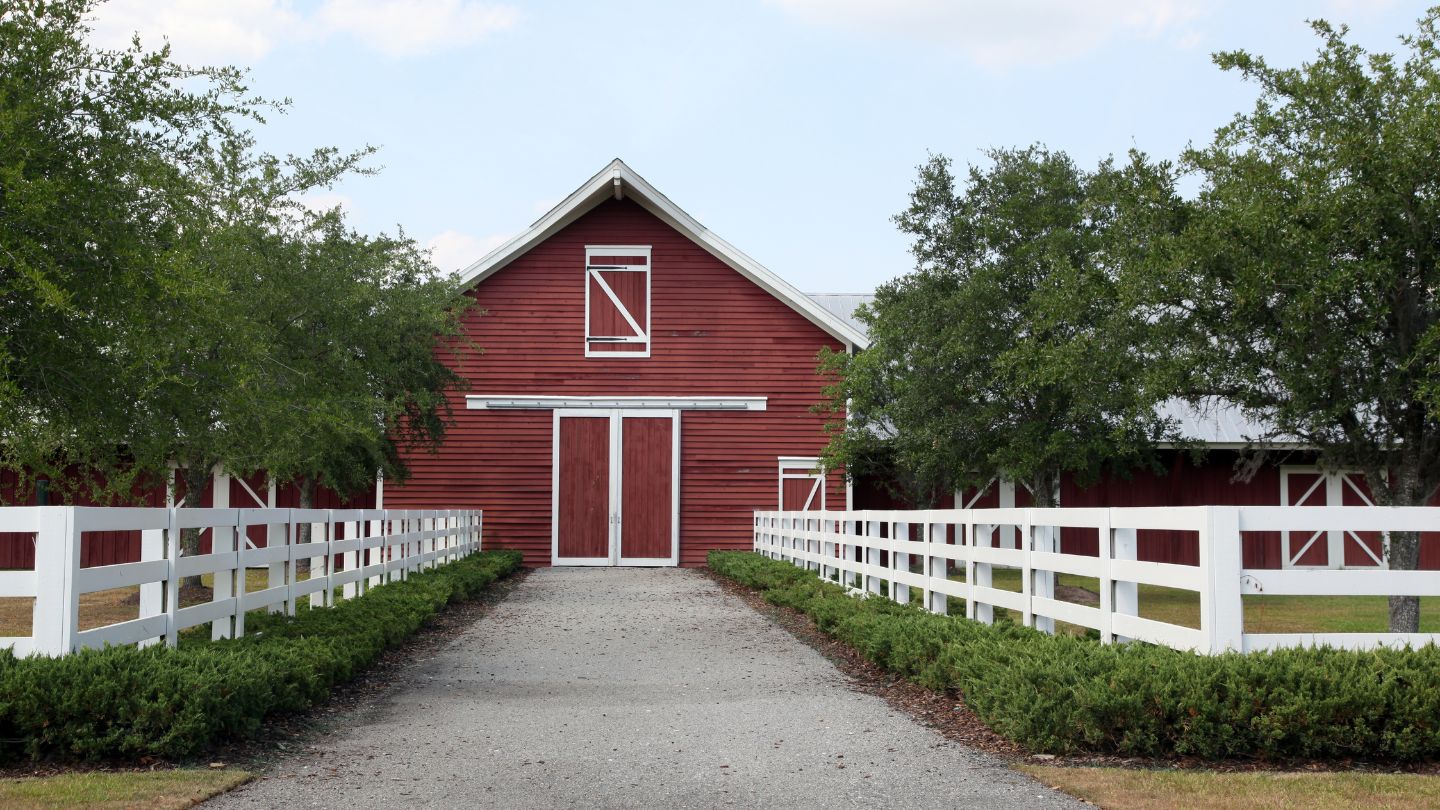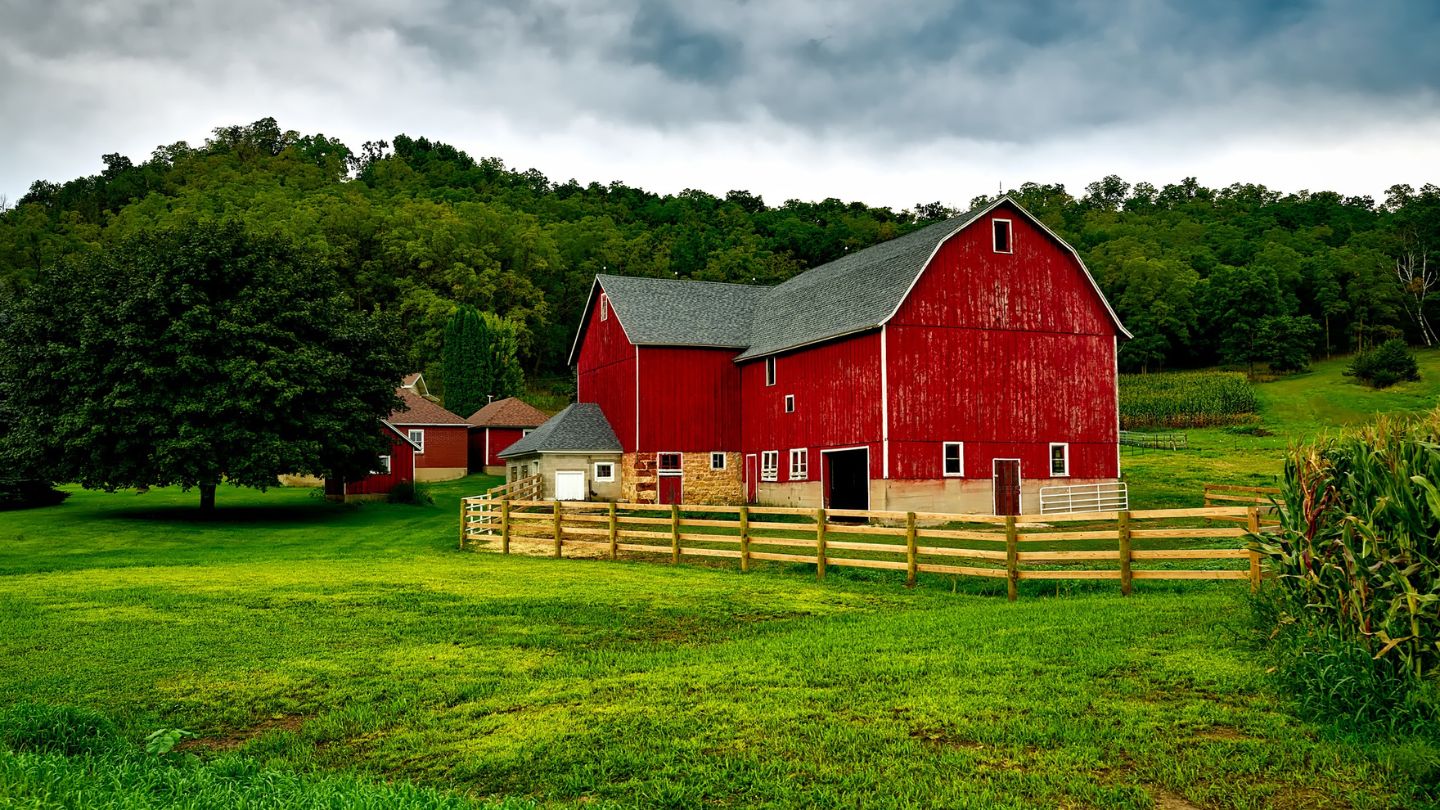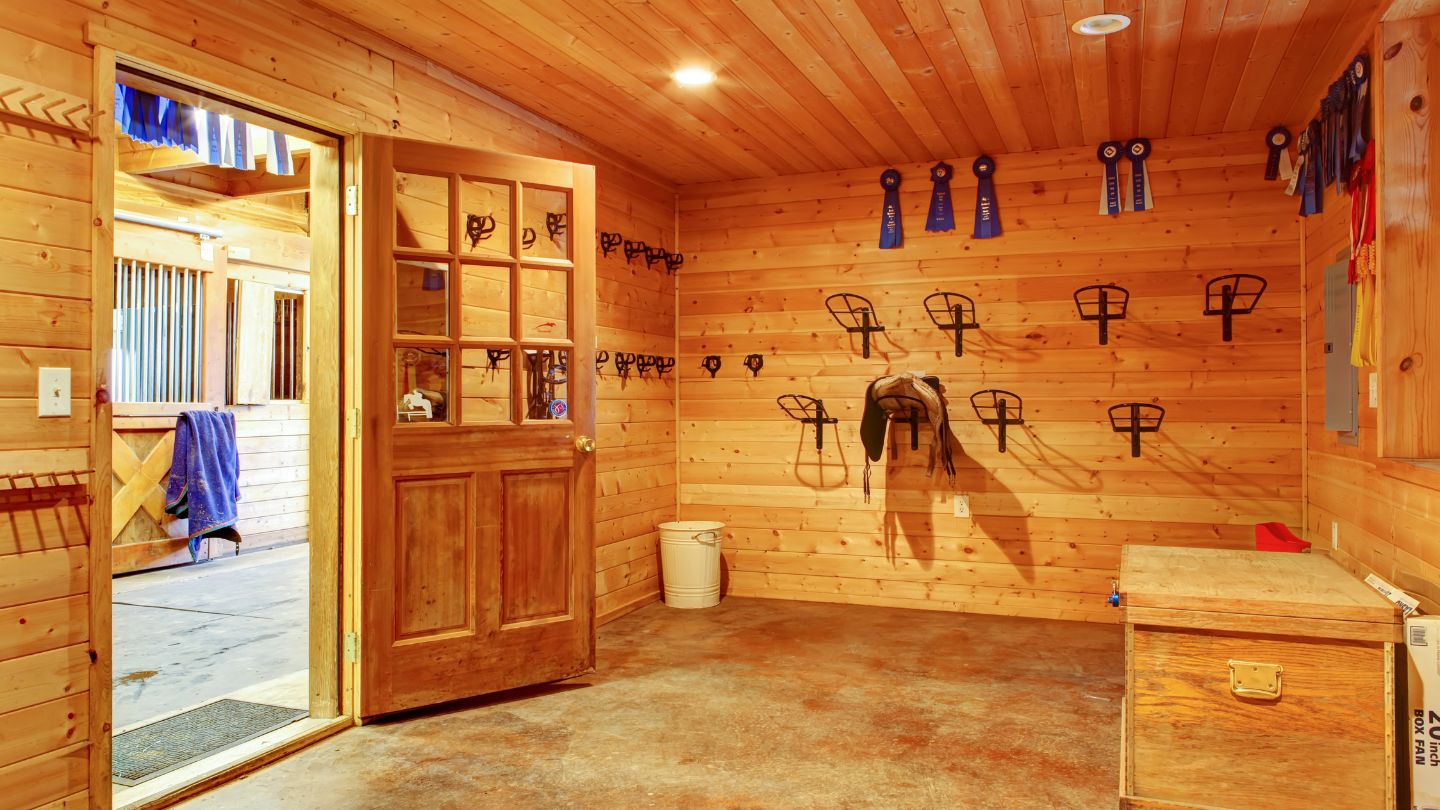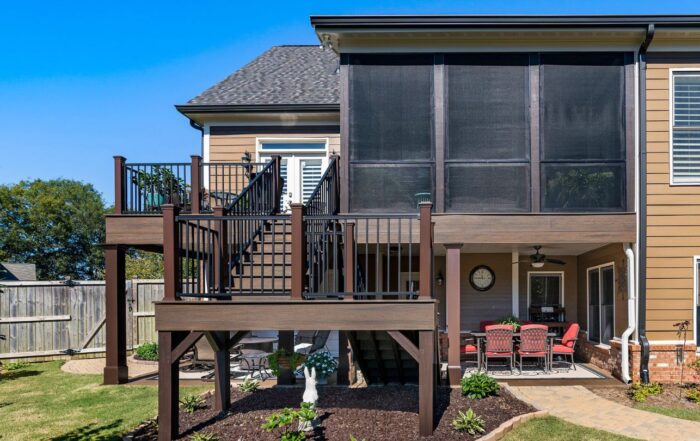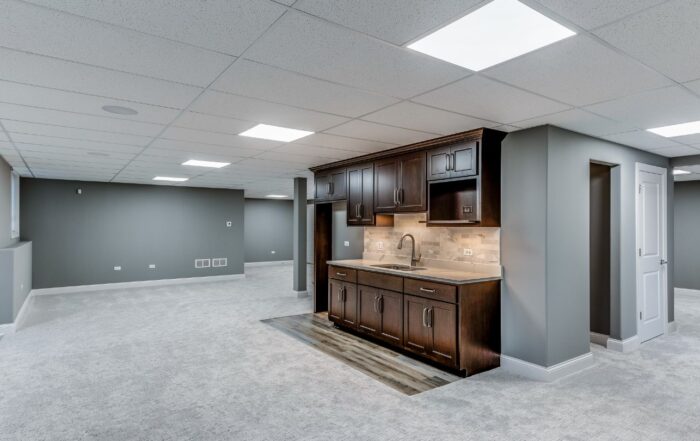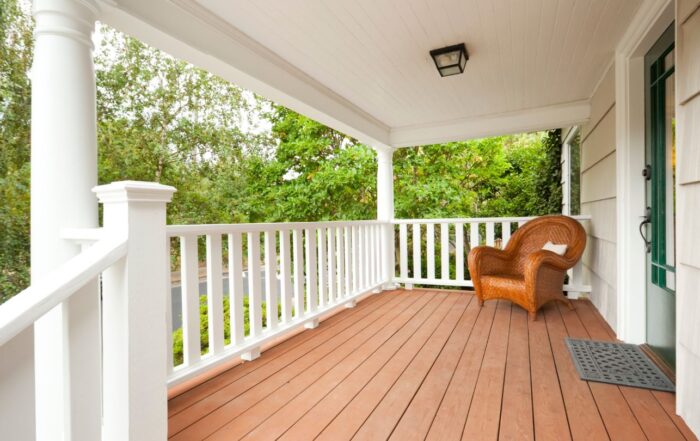What to Consider When Building a Horse Barn
Home
Blog
- What to Consider When Building a Horse Barn
Building a horse barn is an exciting venture for horse owners, but it requires careful planning to ensure it meets the needs of your horses and enhances your lifestyle. From choosing the perfect location to designing functional horse stalls and incorporating durable materials, every decision contributes to creating your dream horse barn. This guide provides essential design tips to help you build a barn that is safe, efficient, and comfortable for both horses and humans.
Key Takeaways
- Prioritize good ventilation and natural lighting to create a healthy environment for your horses.
- Plan for future growth with flexible layouts and extra stalls to accommodate more horses or equipment.
- Ensure fire safety by storing hay separately and using flame-retardant materials in your barn construction.
Choose the Right Location
The location of your barn plays a vital role in its functionality. Key factors to consider include:
- Good drainage: Prevents water accumulation and keeps the barn dry and safe.
- Air circulation: A site with natural air flow ensures a fresh environment inside the barn.
- Proximity: Building the barn near your house makes daily tasks like feeding and grooming easier.
- Utility access: Easy access to water lines and electrical outlets is essential for convenience.
By prioritizing these aspects, you’ll avoid bad weather-related issues and ensure your horse barn remains functional year-round.
Set a Budget and Stick to It
Setting a budget is a crucial step in building a horse barn. It’s essential to determine how much you can afford to spend on your dream horse barn. Consider the cost of materials, labor, and any additional features you want to include. A well-planned budget will help you stick to your financial goals and avoid costly surprises.
When setting a budget, consider the following factors:
- The size of your horse barn: Larger barns require more materials and labor, increasing the overall cost.
- The type of materials used: High-quality materials, such as steel and wood, can be more expensive than lower-quality options.
- The number of stalls: More stalls require more materials and labor, increasing the overall cost.
- Additional features: Features like a tack room, wash bay, and living quarters can add significant cost to your project.
- Prioritize your needs: Focus on the essential features and materials and cut back on non-essential items.
By setting a budget and sticking to it, you can build a beautiful and functional horse barn that meets your needs and stays within your financial means.
Design Functional Horse Stalls
Horse stalls are the heart of any barn, providing a safe and comfortable space for your horses. Ensuring the right stall size and design is crucial for their health and well-being. Bradford Crafted recommends:
- Optimal Dimensions: A 12×12-foot stall is ideal for most horses, with larger breeds requiring up to 14×14 feet. Broodmares and foals may need stalls as large as 16×16 feet.
- Durable Flooring: Rubber mats are excellent for cushioning and easy cleaning, reducing strain on horses’ legs.
- Sliding Doors: These save space, reduce noise, and improve accessibility.
- Adequate Ventilation: Incorporate windows, ceiling fans, or ridge vents to maintain air quality and prevent moisture build-up.
- Future-Proof Design: Adding extra stalls can accommodate growth, offering flexibility for additional horses or equipment storage.
By designing stalls with functionality and durability in mind, you create a safe and stress-free environment for your horses.
Sizing Your Horse Stalls Adequately
Sizing your horse stalls adequately is crucial for the health and comfort of your horses. A stall that is too small can lead to stress, discomfort, and even injury. On the other hand, a stall that is too large can be wasteful and inefficient.
Here are some general guidelines for sizing horse stalls:
- The minimum recommended size for a horse stall is 12 feet by 12 feet.
- Larger breeds of horses may require more space, up to 14 feet by 14 feet.
- Broodmares and their foals may require wider stalls, up to 16 feet by 16 feet.
When sizing your horse stalls, consider the following factors:
- The size and breed of your horses: Larger horses need more space to move comfortably.
- The amount of time your horses will spend in their stalls: Horses that spend more time indoors need more room to move.
- The type of bedding and flooring you will use: Different materials can affect the space needed.
- The location of the stall doors and windows: Ensure easy access and proper ventilation.
By sizing your horse stalls adequately, you can provide a comfortable and safe space for your horses to rest, eat, and relax.
Incorporate Natural Lighting and Ventilation
Natural lighting and ventilation improve the overall environment for your horses and reduce energy costs. Key tips:
- Windows and skylights: Add windows in each stall and skylights in the roof to let in ample natural light.
- Dutch doors and cupolas: Enhance natural lighting and air circulation while maintaining aesthetics.
- Ventilation systems: Ridge vents and cross ties are excellent ideas to promote good ventilation and avoid accidents caused by poor air quality.
Plan for Adequate Storage Space and Tack Room
An organized barn makes your daily routine easier. Include dedicated storage areas such as:
- Tack rooms: Keep tack and other equipment organized and accessible.
- Feed room: Designate a space for storing hay and feed with moisture-proof walls and flooring.
- Wash bay: Create a wash stall with a concrete floor and hot water lines for convenience.
These features will help you stay organized and spend time efficiently.
Prioritize Fire Safety
Ensuring fire safety in your horse barn is non-negotiable. Take these measures:
- Hay storage: Store hay in a separate building at least 50 feet from the barn.
- Durable materials: Use flame-retardant wood siding and metal components to reduce fire risks.
- Electrical outlets: Install outlets safely to avoid potential hazards.
By focusing on these fire safety measures, you’ll protect your investment and your horses.
Add Extra Amenities for Comfort
Enhance your barn’s functionality and your horses’ comfort by including:
- Wash stalls and wash racks: These provide a designated space for cleaning horses with proper drainage and rubber mats.
- Automatic waterers: Ensure fresh water is always available to avoid accidents caused by dehydration.
- Living quarters: Add a small laundry room or caretaking space for emergencies or convenience.
- Center aisle designs: Wide aisles make movement easier and improve accessibility for equipment.
Think About Future Growth
Building with future needs in mind is an excellent idea to save money in the long run. Here’s how to plan:
- Extra stalls: Accommodate more horses or use the space for storage when not in use.
- Flexible layouts: Design the barn with modular elements to adapt to changing needs.
- Room for expansion: Ensure there’s enough space on the property to add structures like a pole barn or additional wash areas.
Storage and Organization
A well-organized barn enhances efficiency and helps maintain a clean, functional space. Bradford Crafted recommends integrating these storage features:
- Tack Rooms: Design dedicated spaces for horse equipment and supplies to keep them accessible and organized.
- Feed Rooms: Store hay and feed in moisture-resistant areas to preserve quality and prevent spoilage.
- Wash Bays: Create designated wash areas with proper drainage, rubber mats, and hot water lines for convenience.
- Utilize Vertical Space: Install shelves, hooks, and bins to maximize storage and minimize clutter.
- Future-Proof Storage: Plan for additional storage areas to accommodate growth or changing needs over time.
These features not only improve the efficiency of your barn but also ensure a clean, organized space for daily operations.
Summary
Constructing horse barns requires a careful balance of aesthetics, functionality, and safety. From choosing the ideal location to ensuring good ventilation, incorporating natural light, and planning for future growth, each decision plays a crucial role in creating a barn that fulfills your horses’ needs and enhances your lifestyle. By integrating features like tack rooms and wash bays and using durable materials, you’ll establish a barn that is safe, efficient, and equipped to handle any challenge.
For expert barn construction in Milton, Bradford Crafted is your go-to partner. We specialize in designing and building barns that cater to your specific requirements, ensuring a harmonious blend of practicality and elegance. Our team is dedicated to delivering exceptional craftsmanship and personalized service to bring your dream horse barn to life. Ready to start your barn project? Contact us today!
FAQs
Why is good ventilation important in a horse barn?
Good ventilation ensures fresh air circulation, reducing moisture and improving respiratory health for horses.
What materials are best for building a durable horse barn?
Durable materials like metal, wood siding, and rubber mats offer longevity, safety, and ease of maintenance in your barn.
Where should a wash rack be located in a horse barn?
A wash rack should be situated away from tack and feed areas to prevent water damage. Ideally, it should be close to laundry and restroom facilities to facilitate practical drainage and plumbing considerations.
Table of Contents
Recent Blogs
Top Qualities to Look For in A Composite Deck Contractor
Searching for a composite deck contractor? Knowing the essential qualities to prioritize when selecting a company is crucial to ensure [...]
4 Great Reasons You Should Renovate Your Basement Today
Thinking about renovating your basement? Here are four great reasons you should renovate your basement now. Turning an underutilized space [...]
Top Things to Consider When Building a Porch in Milton
Planning to build a porch in Milton? There are several important things to consider when building a porch in Milton, [...]

